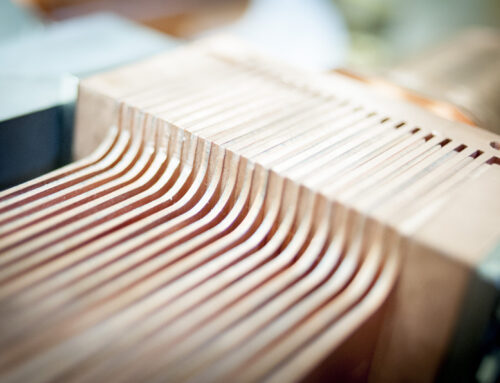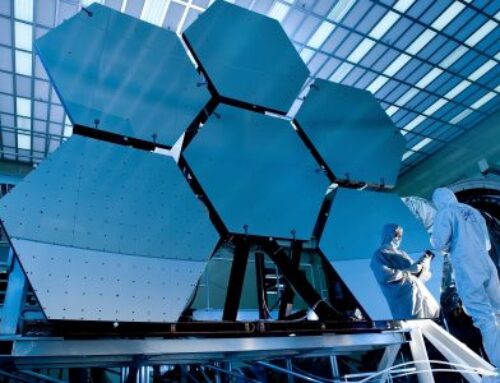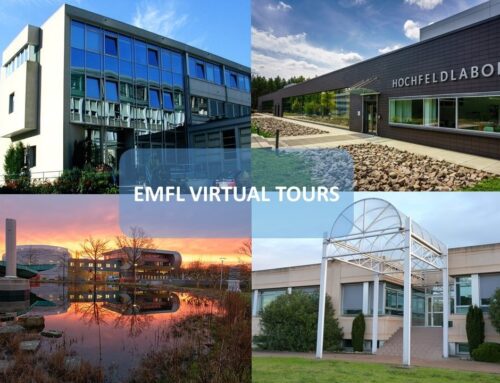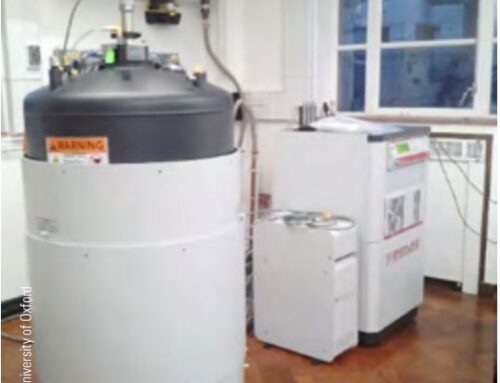The Research Laboratories of the Faculty of Physics in Warsaw
The Research Laboratories of the Faculty of Physics in Warsaw (http://www.fuw.edu.pl) are located at the University of Warsaw – the biggest university in Poland. The University belongs to the best 100 universities worldwide as far as physical sciences are concerned. The Faculty combines expertise from different areas of physical sciences. Condensed-matter research is one of the most active areas of studies present at the Faculty. A strong group of academics shares their knowledge and experience with graduate and undergraduate students in several areas of materials science. The studies are strongly supported by state-of-the-art equipment including MBE and MOCVD epitaxy systems, FIB, optical lithography, and AFM/MFM microscopes. The laboratories at the Faculty are also equipped with a helium-recovery system, which is supported by a local heliumliquefaction facility.
Special attention of the researchers at the Faculty is given to studies of low-dimensional semiconductor nanostructures, including optical properties of quantum dots and recently emerged two-dimensional materials. The well-established expertise at the Faculty is supported by modern characterization techniques, which are open to external users within the ISABEL project under the dual-access scheme.
The available optical-characterization techniques include: reflectivity and transmission, Raman-scattering spectroscopy, photoluminescence spectroscopy (PL, PLE) with a variety of lasers: 325 nm, 405nm, 425 nm, 457 nm, 488 nm, 515 nm, 532 nm, 561 nm, 575-625 nm (tunable), 647 nm, 685 nm, 700-860 nm (tunable), and 808 nm. Typical signal detection is made using Si CCD cameras (400-1000 nm). An InGaAs detector (up to 1700 nm), detection by using a streak camera (S1 or S20 cathode with temporal resolution down to 3 ps) or by using an APD (quantum efficiency higher than streak camera, temporal resolution down to 50 ps) are also available. Ultrafast pump-probe spectroscopy can be performed, time-resolved PL with excitations using femtosecond laser near 400 nm, or between 600 and 950 nm (tunable), photon correlations using Si APDs can also be measured.
Superconducting magnets can provide magnetic fields with optical access:
- 16 T magnet for experiments in Faraday configuration,
- 10 T magnet for experiments in Faraday or Voigt configuration,
- 3 T two-coil vector magnet allowing smooth transition from Faraday to Voigt geometry or in-plane rotation of the magnetic field in the Voigt geometry.
Each magnet is equipped with a variable-temperature insert (VTI) allowing measurements from room temperature down to pumped helium (about 1.5 K). Persistent switches at superconducting coils allow for extended stay at a single field in addition to regular fieldsweep measurements. The investigated samples are by default probed locally using a NA > 0.5 lens or objective, which corresponds to a spot of 1-2 µm.
The samples should not be larger than about 8 mm x 8 mm. Voltage control for gated samples is also available. Dr Tomasz Kazimierczuk (Tomasz.Kazimierczuk@fuw.edu.pl) and Dr Maciej Molas (Maciej.Molas@fuw.edu.pl) can provide more information on optical measurements. Electrical-characterization techniques available at the Faculty include Hall-effect measurements for metallic to semiconducting samples and low-current measurements (down to pA).
The available setups include an Oxford Instruments cryostat with a variable temperature insert (1.5 K – 300 K) and a magnetic field of (12 T), and a dilution refrigerator, Oxford Instruments Kelvinox, providing a temperature range (20 mK – 1 K) and a magnetic field of 16 T. Probes with rotators are available in both setups, enabling variation of a sample plane with respect to the magnetic field.
Dr Marta Borysiewicz (Marta.Gryglas@fuw.edu.pl) can provide further information on electric-transport measurements.






